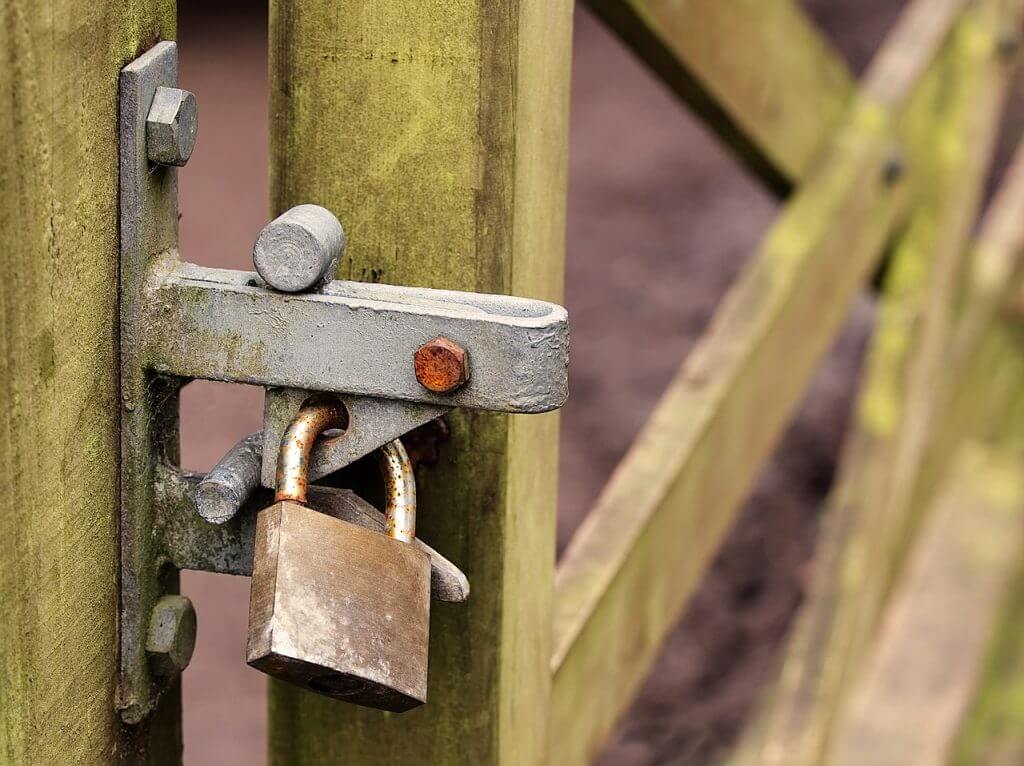不正アクセスを検知し一定時間、対象IPアドレスからのアクセスをブロックするソフトウェア「fail2ban」を用いた、DoS/DDoS攻撃対策を行います。通常 fail2banは、単体では使用せずファイアウォール(iptablesや firewalld)ともに使用します。(2017/12/23作成)
 aitoff / Pixabay
aitoff / Pixabay
1.fail2banの導入
0)環境
$ cat /etc/redhat-release CentOS release 6.9 (Final)
1)インストール
fail2banのインストールには、Yumリポジトリ「EPEL」が必要になります。
$ rpm -qa | grep -i epel-release epel-release-6-8.noarch $ sudo yum install fail2ban
2)fail2banのlog設定
$ sudo mkdir /var/log/fail2ban
$ sudo vi /etc/fail2ban/fail2ban.conf
# logtarget = SYSLOG
logtarget = /var/log/fail2ban/fail2ban.log
$ sudo vi /etc/logrotate.d/fail2ban
/var/log/fail2ban/fail2ban.log {
missingok
notifempty
weekly
rotate 5
compress
dateext
create 0644 root root
postrotate
/usr/bin/fail2ban-client set logtarget /var/log/fail2ban/fail2ban.log 2> /dev/null || true
endscript
}
3)fail2banのloglevel設定
Ban(ブロックした)やUnBan(ブロックを解除した)の処理だけを記録するように fail2banの設定ファイルを編集します。
$ sudo vi /etc/fail2ban/fail2ban.conf loglevel = INFO ⇒ NOTICE
注意) 後の解説にある fail2banの filter定義「recidive」を用いる場合、loglevelは「INFO」にする必要があります。
4)fail2banのファイアウォールversion
$ iptables -V iptables v1.4.7
ファイアウォール(iptables)のバージョンが古いとうまく動作しないことがあるようなので、 /etc/fail2ban/action.d/iptables-common.conf も編集して lockingoptオプションを無効にします。
# Option: lockingopt # Notes.: Option was introduced to iptables to prevent multiple instances from # running concurrently and causing irratic behavior. -w was introduced # in iptables 1.4.20, so might be absent on older systems # See https://github.com/fail2ban/fail2ban/issues/1122 # Values: STRING lockingopt = ↓ #lockingopt = # Option: iptables # Notes.: Actual command to be executed, including common to all calls options # Values: STRING iptables = iptables <lockingopt> ↓ iptables = iptables
なお iptables –helpコマンドを実行して「-w」オプションがあれば本作業は必要ありません。
5)fail2banのfilter定義
$ sudo vi /etc/fail2ban/filter.d/nginx-dos.conf [Definition] failregex = ^<HOST> -.*"(HEAD|GET|POST).* ignoreregex = \.(?i)(jpe?g|gif|png|bmp|pdf|js|css|woff|eot|ttf|ico|txt|xml|swf|xlsx?|docx?|pptx?)
6)fail2banのJail(ban)定義
$ sudo vi /etc/fail2ban/jail.local
[nginx-dos]
enabled = true
port = http,https
filter = nginx-dos
logpath = /var/log/nginx/access.log
action = iptables-multiport[name=dos, port="http,https", protocol=tcp]
sendmail-whois[name=dos, dest=root, sender=fail2ban]
maxretry = 12
findtime = 3
bantime = 7200
このJail(檻)設定内容をまとめると「 /etc/fail2ban/filter.d/nginx-dos.conf フィルターファイルのルールに、3秒間で12回一致したら、そのIPアドレスを1日ブロック」する。ブロック結果は root宛にメール配信する。
[recidive]
enabled = true
filter = recidive
logpath = /var/log/fail2ban/fail2ban.log
action = iptables-allports[name=recidive]
sendmail-whois-lines[name=recidive, logpath=/var/log/fail2ban/fail2ban.log, dest=root, sender=fail2ban]
maxretry = 5
findtime = 43200 ; 12 hours
bantime = 604800 ; 1 week
このJail(檻)設定内容をまとめると「 /etc/fail2ban/filter.d/recidive.conf フィルターファイルのルールに、攻撃再犯者には厳しく…fail2banでしつこい攻撃者だけ長期Banする設定。ブロック結果は root宛にメール配信する。
7)起動/自動起動設定
$ sudo /etc/init.d/fail2ban start $ sudo /sbin/chkconfig fail2ban on
2.fail2banの運用
1)ホワイトリスト設定
$ sudo vi /etc/fail2ban/jail.conf ignoreip = 127.0.0.1/8 xxx.xxx.0.0/16
2)間違えてIPを Banしてしまった場合の対処
$ sudo fail2ban-client set {Jailルール名} unbanip {BANしたIPアドレス}
3)どれくらいIPが Banされているのかを確認
$ sudo fail2ban-client status {Jailルール名}
Status for the jail: {Jailルール名}
|- Filter
| |- Currently failed: 1
| |- Total failed: 184
| `- File list: /var/log/nginx/access.log
`- Actions
|- Currently banned: 1
|- Total banned: 1
`- Banned IP list: 107.158.xxx.xxx
以上












